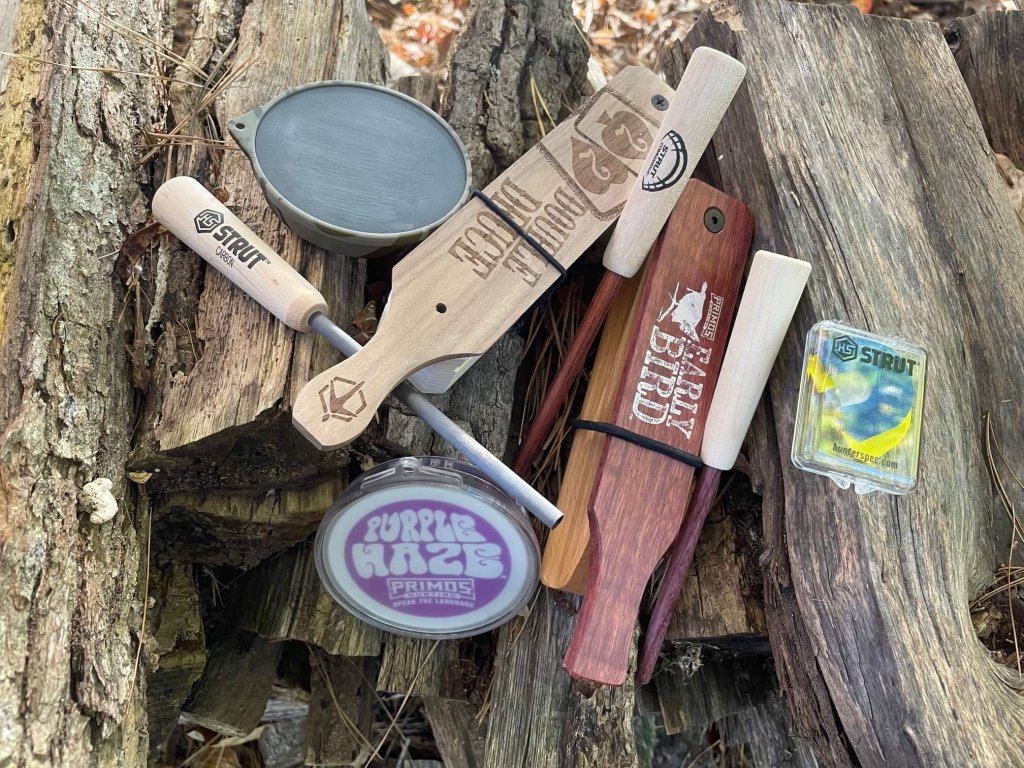
“To have another language is to possess a second soul.” ~Charlemagne
One thing you’ll not only need, but need to know how to use, if you want to be successful turkey hunting, is a turkey hunting call. The truth is, you should have and know how to use more than one. There’s a reason those turkey vests have all those different weird pockets for box calls, diaphragm calls, slate calls and strikers.
The thing is, all different turkey calls sound different, and turkeys may respond to one call, or one type of call, one day, whereas they might not the next. The more proficient you are at a wider number of wild turkey vocalizations on different types of turkey calls, the better chance of success.
But beyond the fact that you can do different things with different turkey calls, they all offer relative advantages and disadvantages. This short post will shed some light on that.
Box Calls
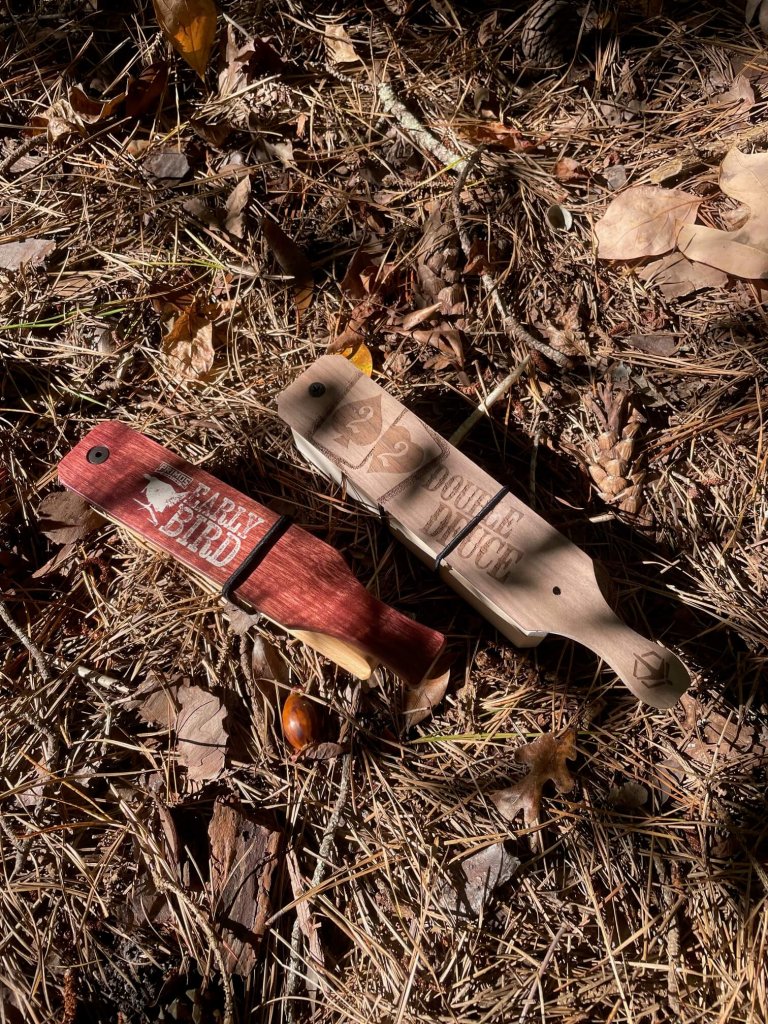
A box call is everyman’s turkey call. They tend to be fairly affordable and of all the different types of calls, are by far the easiest to learn how to use.
A turkey box calls consists of a box with a hollow chamber (in rare cases, as in the case of the Double Deuce, two) along with a paddle. Dragging the paddle over the edges of the boxes produces a series of different turkey vocalizations.
There are numerous reasons that so many turkey hunters make room in their vests for at least one box call, if not more. Among these are that most box calls are very affordable, but they’re also very easy to use.
In a matter of seconds, a person that’s never talked turkey before in his life can make realistic yelps that will get toms gobbling in response. That’s the truth. Making other turkey calls, like cutts, clucks, putts and purrs with a box call is also pretty easy.
Another thing is that you can also gobble with a box call. To do so, you need an elastic band; wrap this around the box and paddle and shake the whole thing side to side aggressively and with practice you can make a relatively realistic sounding rattle. This also makes box calls the most versatile of all turkey calls, as they can make all female turkey vocalizations plus the gobble that only males make. If there is a way to gobble with a mouth call or a pot call, I certainly don’t know how to do it. Let me know in the comments if I’m missing something.
Along with the ease of use and the versatility of turkey box calls, they are also extremely loud. All else being equal, they’re probably the loudest turkey calls. This makes them great in adverse conditions – such as high winds – as well as when you need to call really loudly to reach a tom that’s way over in the next county.
With all of this being said, there are some pointed disadvantages to box calls. One is that you’ll need two hands to use one. This is a major disadvantage when you have a tom within line of sight and any movement from you can bust you. Worse, since you need both hands on the call, that means you won’t have your gun up and ready to fire.
Another massive drawback of box calls is that, if the bottom of the lid gets wet, or you get water on the rails of the box, it’ll go silent. Worse, it won’t come back until it’s been completely dried and reconditioned with chalk.
One small drawback of box calls is that they tend to “talk” on their own when in your vest pocket. As you move, the paddle/lid can jiggle over the top of the box, making noise in the woods, which more often than not is something you don’t want, especially if you’re trying to sneak in and set up in silence. Fortunately, I do have a solid method for silencing turkey box calls; you can learn more at the previous link.
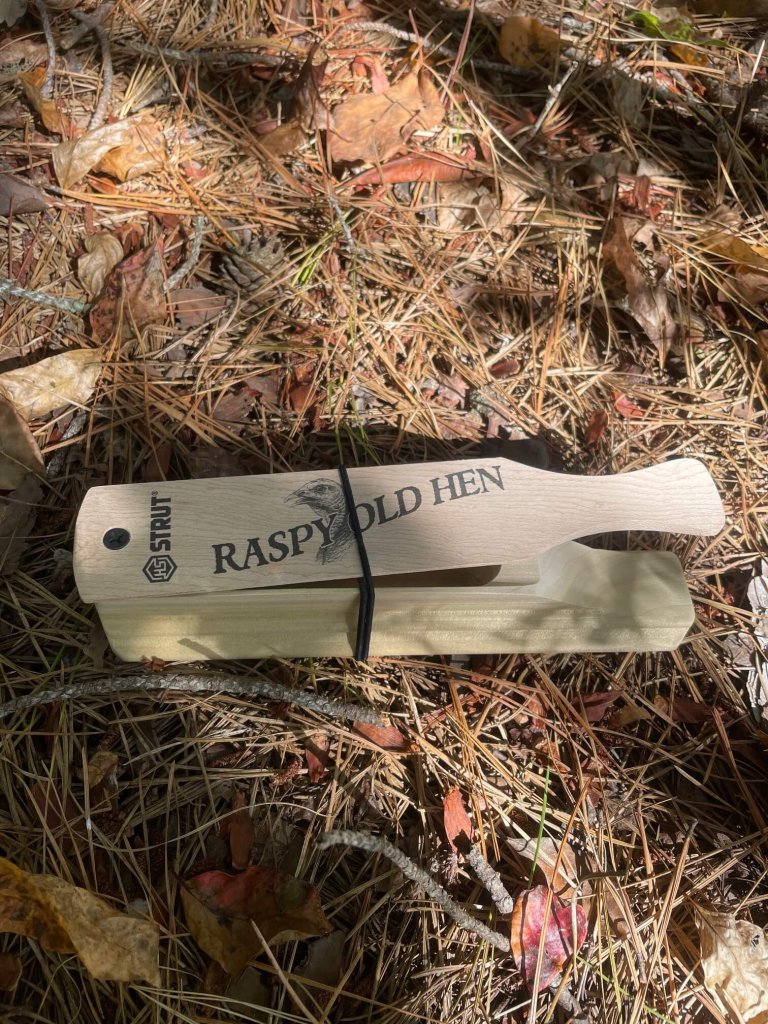
Still, despite these disadvantages, the clear versatility, volume, and ease of use of box calls mean that every turkey vest should have at least one in them, if not several.
Pot Calls (AKA Slate Calls)
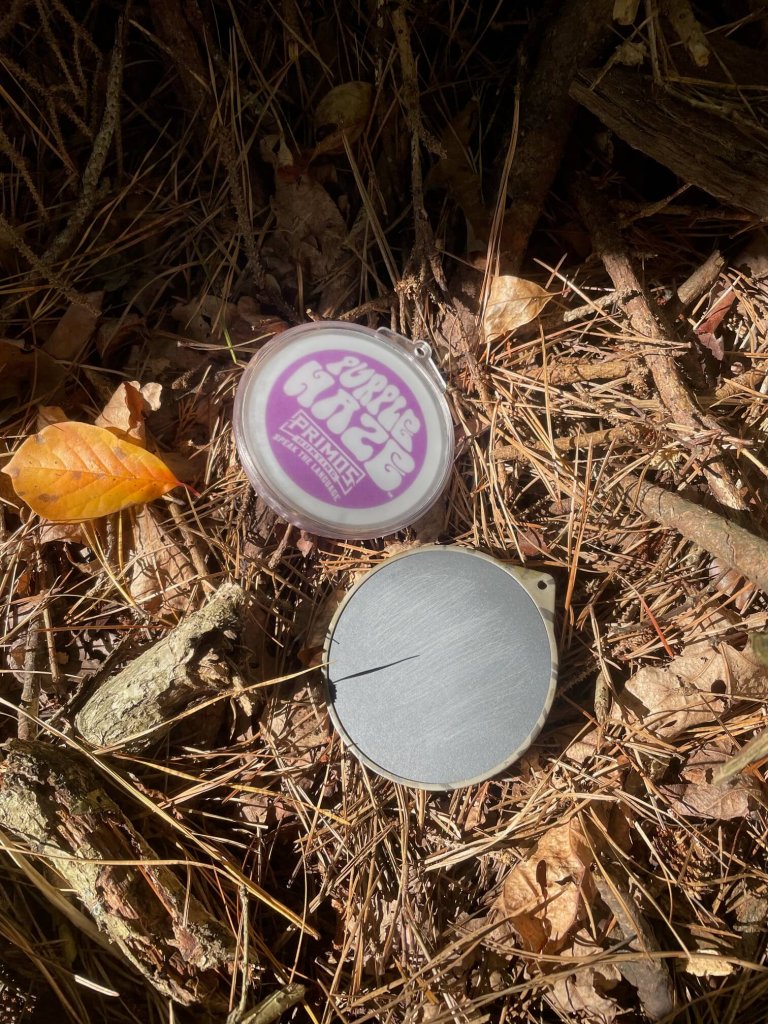
Pot calls are also known as slate calls because the surface of the call is often made from slate. That said, pot calls can also be made with crystal or glass.
To keep things as simple as possible, a pot call is a piece of slate or glass (or some other calling surface) set in a pot which holds it. To make turkey vocalizations, you use a part called a striker, which is either made of wood, acrylic, carbon, or in some cases, other materials. Striking the surface of a striker over a pot call will produce a wide variety of turkey vocalizations.
Most turkey hunters would agree that slate calls are relatively easy to learn how to use, but they are a little bit harder than box calls and take some getting used to. It is also easier to make a “bad” sound with a slate call than it is with a box call. You just move the lid of a box call and it works; if you get the angle or pressure wrong with a pot call, it will not sound like a turkey. The problem is turkeys are smart. You don’t want a turkey to hear you not sounding like a turkey while you’re hunting.
Pot calls can also be loud, like box calls, which makes them highly effective for reaching birds that are far off. The cool thing is that, unlike a box call, you can modulate the volume of a pot call more effectively, depending largely on how much pressure you apply with the striker and how you cup the pot with your hand. Therefore, pot calls can make both very loud calls and very soft calls, for close range coaxing.
Pot calls are also relatively versatile, and with one, you can make almost every turkey vocalization, including yelps, purrs, cutts, clucks, and putts. Pretty much the only turkey call that you can’t make with a pot call is a gobble – or at least, I don’t know how to do it.
But let’s be honest here. It’s not absolutely necessary to have a gobble call with you when you’re turkey hunting, and a gobble can be a huge liability. If you’re hunting non-dominant toms you’re going to challenge and spook them rather than coaxing them to come closer.
The other great thing about a pot call is that, depending on the angle of the striker and what part of the pot call’s surface you strike, you can make it sound like you are more than one bird. That doesn’t necessarily mean you shouldn’t carry two or three, but it does mean you can get a heck of a lot of mileage from a single pot call.
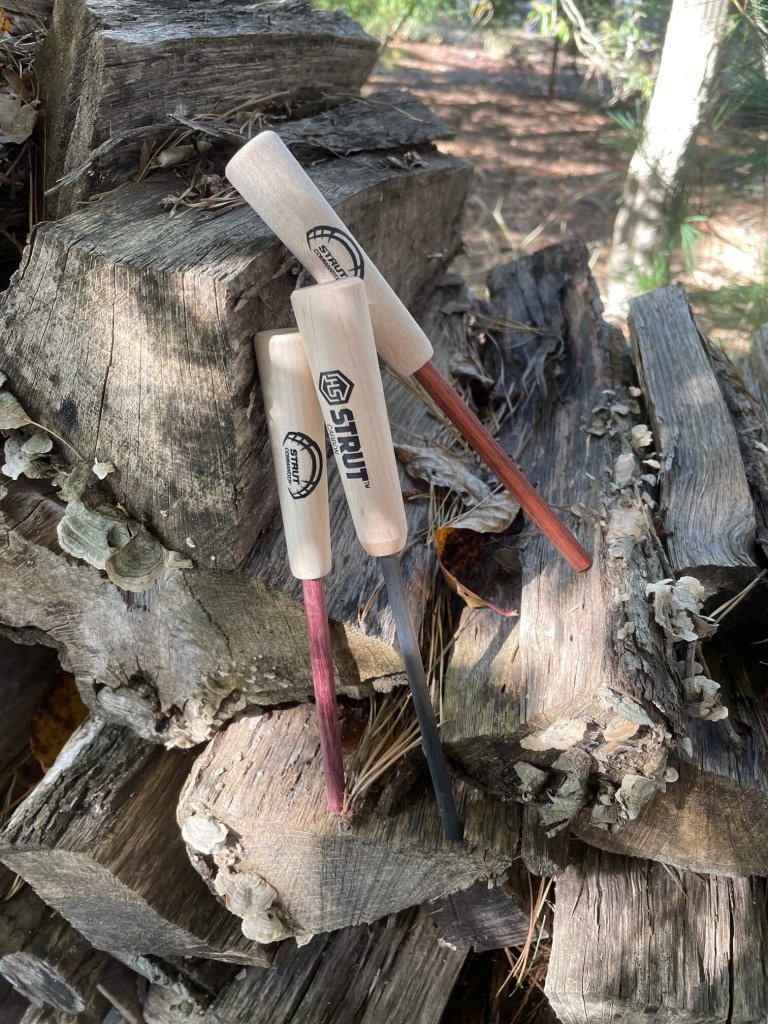
But pot calls, like box calls, are not without their relative disadvantages. Two they share in common, which are that you need both hands to operate them and that if they get wet, they’re out of commission until dry.
The disadvantages of needing both hands are obvious and have also been covered, as is the fact that pot calls are no good in the rain.
There is one disadvantage unique to pot calls of which I am aware. Over time, as you strike the surface, you will change its texture or “tooth” which is responsible for the sound. As the surface wears down or gets clogged with striker particles, it will cease calling effectively. In some instances the tenor of the call will change, after continuous use, it might fail to operate entirely.
This is why most pot calls are sold with a little piece of Scotch Brite or sandpaper that is used for conditioning them. You should always carry one of these in your vest so that if your call stops working as intended while you are in the field, you will have a way to restore it.
I would also like to point out that while this is not a disadvantage of pot calls, some crystal and glass calls are sold with unprepared surfaces. They are completely slick and will not work until they are prepared with a conditioning stone or an appropriate grit of sandpaper. I covered this topic more fully in my previous post, How to Prepare a Glass Turkey Call. For more information on how to do that, see the previous link.
Mouth Calls (AKA Diaphragm Calls)
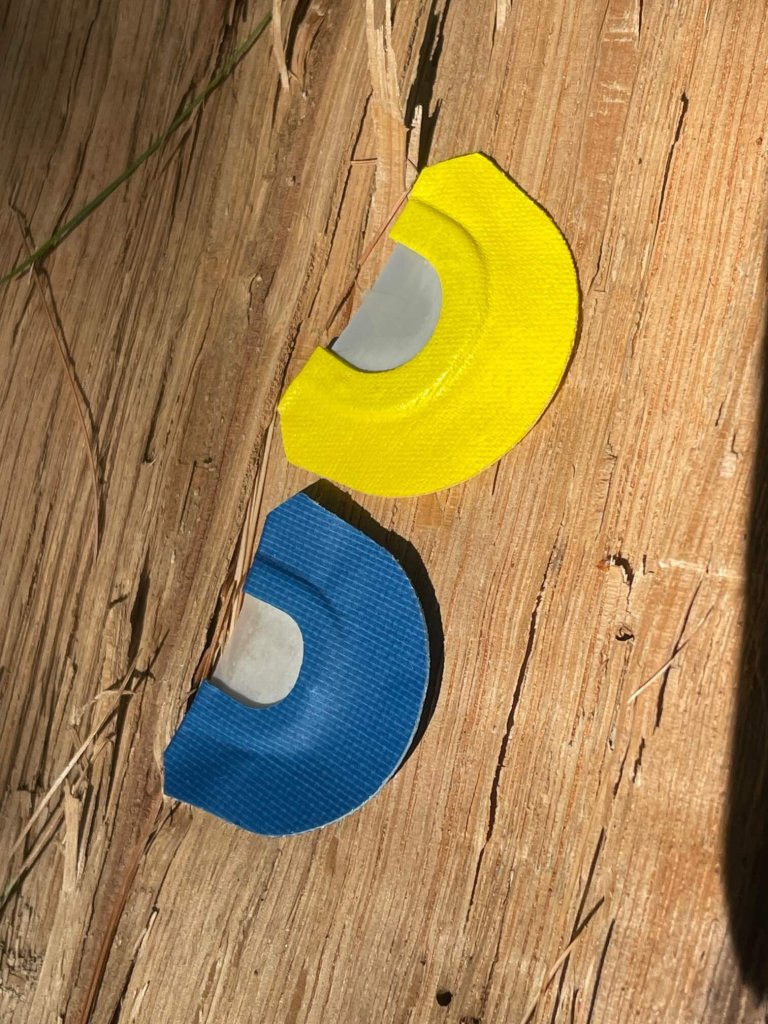
Lastly, we have mouth calls, which are also known as diaphragm calls. These consist of a bit of tape securing a latex or synthetic rubber diaphragm in place, stretched across a U-shaped frame.
To use a mouth call, you must place it in your mouth, apply requisite pressure with your tongue, and force air over the latex reed.
We’ll start with the advantages of this type of call. They are extremely versatile, and can be used to make some of the most realistic of all turkey calls – if you are good with them. You can also use them to make both loud and soft calls, but it’s hard to make calls with them that are as loud as the loudest of pot and box calls. Honestly, they’re better for up-close, soft calling to seal the deal.
Another massive advantage of mouth calls is that you don’t need any hands to operate them – they are completely in your mouth when you’re using them. This means you can be completely still while mouth calling – and, you can have both hands on your gun or bow. This makes these the best calls, by far, for calling when a bird has come within sight of you and you are trying to get it closer for a shot.
Another thing about mouth calls is that, for obvious reasons, they are not affected by moisture. They’re just as good in the rain as in all other weather conditions.
One more advantage of mouth calls before we get to the sole, but troubling, disadvantage. They are usually very cheap, I’m talking a small fraction of the cost even of cheap box and slate calls. There are some turkey mouth calls, and good quality ones at that, that you can get for like five dollars. Not that there aren’t expensive ones, but you can still get good ones at great prices.
One more thing, which I nearly forgot. You need to make sure you get a call that fits in your mouth. Apparently I have a narrow bridge, so when I’m shopping for turkey mouth calls, I need to stick with the smaller-framed ones.
Now for the disadvantage: turkey mouth calls are hard to learn to use. And when I say hard, like harder to learn to use than any other game call I’ve ever used. It was several seasons before I learned how to make a call with one that sounded anything like a turkey.
The call must fit your mouth right, you might position it properly and apply the right pressure with your tongue, and you must know just how much air to force over the reed to get the right sound. If I’m not selling this properly, get a diaphragm call and try for yourself.
Now, unfortunately, you should still have some mouth calls and learn how to use them for the obvious benefits mentioned here.
The good news is you can still call effectively with both box and slate calls, and bring in and harvest turkeys without a mouth call – I have. It’s just better if you know how to use all three.
Other Types of Turkey Calls
I have covered the three major types of turkey calls along with their advantages and their disadvantages, but in the spirit of a fair and complete dissection of all turkey calls, there are a few other types I would like to mention.
Gobble calls: Gobble calls imitate the sound of a male turkey’s gobble. They usually consist of a bellows with a reed attached to a tube. To use the call, you shake it, and it makes a sound like a gobble. The good news is they are very easy to use. The bad news is there is limited application. Mostly, you want to imitate a female turkey to call in a gobbler. Actually, you’re more likely to scare off another tom than bring him in by gobbling, because a gobble is basically a challenge and a threat. The one time you’ll want a gobble with you is if you know you’re hunting a boss bird that won’t be scared off by a big boy. In that scenario, it benefits you to have a gobble call in your best, along with a strutting tom decoy in your spread.
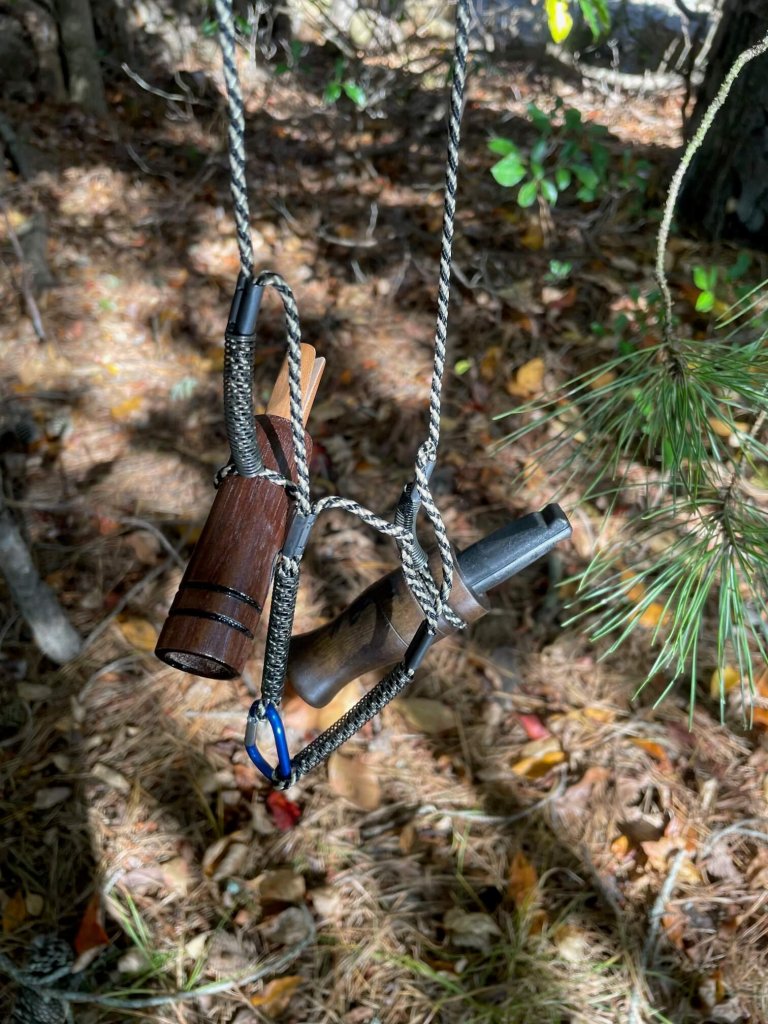
-
Locator calls: Though locator calls are turkey calls, they do not imitate the vocalizations of turkeys. They are intended to mimic the sounds of other denizens of the woods, which in turn can elicit what is known as a “shock gobble” from a turkey, betraying his position. I never use locator calls, relying on my arsenal of other turkey calls to get birds to gobble back at me. Common locator calls are crow calls, owl calls, woodpecker calls, and sometimes, hawk calls. These calls have other uses, however; for instance, crow calls can be used for crow hunting, and there is limited application in upland hunting, for instance, with pheasant hunting, with hawk calls, as hawk calls can cause birds that are otherwise running to sit tight so they can be approached and flushed.
Push button calls: Push button calls consist of a striker situated within a box; then you push the button or the striker, it scrapes the box, or a calling plate within the box, and makes some sort of turkey call, typically a yelp. Push button calls are by far the easiest type of turkey call to use, and some can be mounted to a gun so they can be used with one hand while keeping the gun shouldered. I do not have any, but I don’t deny that they can be effective, especially for hunters learning the ropes.
All in all, this covers most of the major types of turkey calls out there, along with their relative virtues and disadvantages. Now it’s just up to you to round your vest out and get proficient with their use.
Get Some Turkey Calls and Start Practicing
You should have gotten the impression from this post that all of the major turkey calls have a time and place for use – that’s why most commercial turkey vests have multiple call pockets for different types of calls.
The point is, don’t just carry one. You might have one you prefer (for instance, I generally prefer a box call or a slate call) but it’s still good to have the flexibility to be able to lean on other calls as the conditions require.
I’ll leave you with this. The time to get good at turkey calling is not in the woods when the birds are listening. Sure, they’ll teach you a thing or two about lingo, and you’ll get better by actually talking to them (there is no replacement for that) but the truth is that birds can also tell a bad accent when they hear one. Practice your calling well in advance of the season opener so you’re up on your yelps and purrs before a tom has started to cautiously approach your hen decoy.
Be safe, and good luck in the spring.
~The Eclectic Outfitter